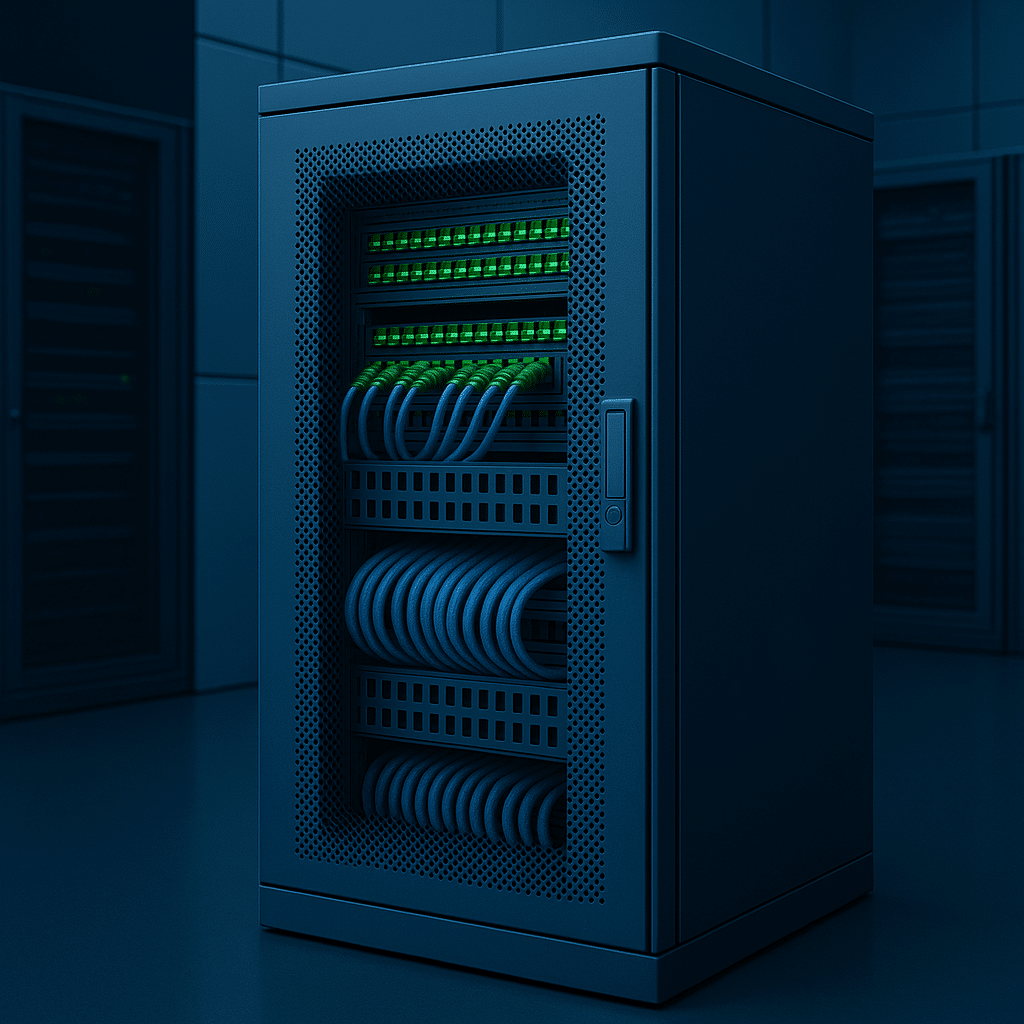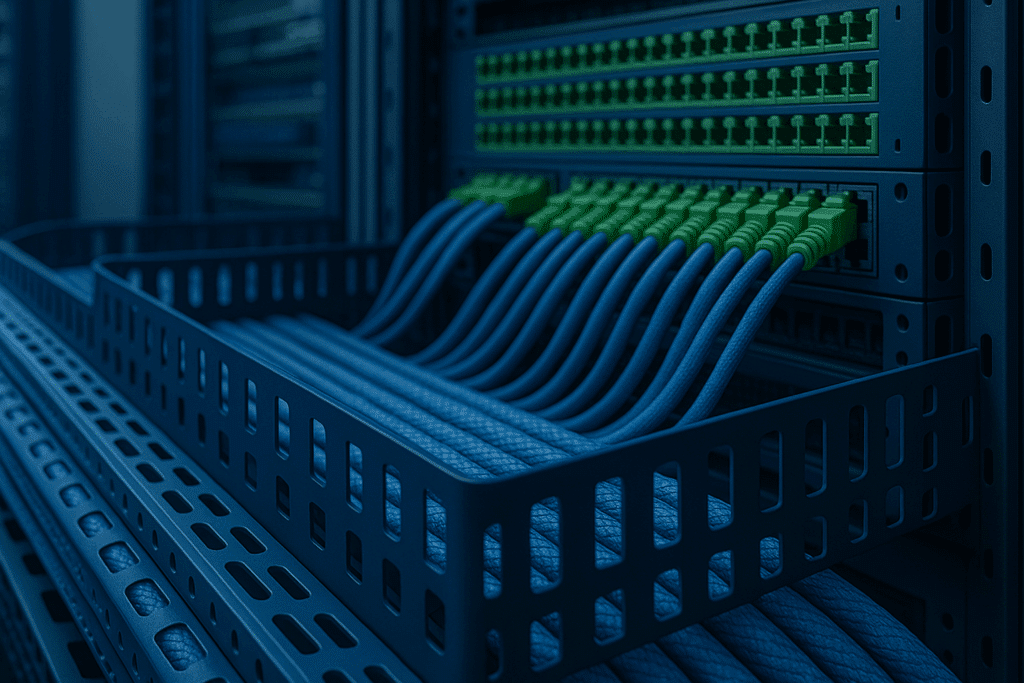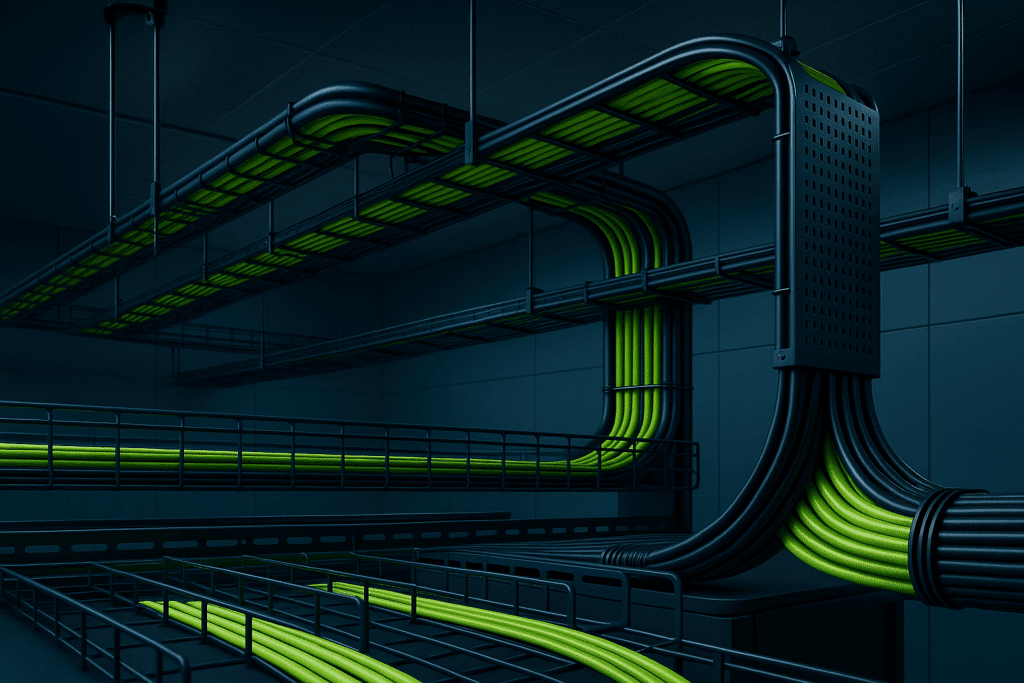
Effective Guide to Choosing the Right Data Cabinets
Overview: The Growing Demand for Data Cabinets in Data Centres
As data-driven technologies continue to expand rapidly, data centres have become essential to the digital infrastructure that supports businesses and organisations around the globe. The increasing need for data storage and processing has created a growing demand for efficient and secure solutions for housing servers and network equipment. Data cabinets play a crucial role in maintaining organised, secure, and effective environments within data centres. Choosing the right data cabinet not only protects the equipment but also enhances airflow, simplifies cable management, and improves overall performance in the data centre.
What is a Data Centre Rack and Cabinet?
A data centre rack is an open or enclosed structure designed to house servers, switches, and other network equipment. These racks are measured in rack units (U), with one U typically equal to 1.75 inches of vertical space. In contrast, data cabinets are enclosed structures that provide additional security and protection for the equipment inside. Cabinets come equipped with doors and side panels, which protect against physical damage, dust, and unauthorised access.
While data centre racks prioritise accessibility and airflow, data cabinets offer an added layer of environmental control and security. This makes them essential components for mission-critical data centres.
Data Centre Rack vs. Data Centre Cabinets
Understanding the differences between data centre racks and cabinets is essential for selecting the best option based on your data centre’s needs:
– Data Centre Racks: These are open-framed structures designed for high-density environments where airflow and accessibility are critical. Racks are ideal for equipment that requires frequent maintenance and adjustments.
– Data Centre Cabinets: Cabinets are enclosed units that provide enhanced security by protecting equipment from dust, tampering, and accidental damage. They are best suited for environments that require organised cabling, limited physical access, and improved thermal management.
Both solutions serve distinct purposes, and the choice between racks and cabinets typically depends on the specific requirements of the data centre, including the type of equipment being housed and the environmental conditions.
Types of Data Cabinets
- Server Cabinets: Specifically designed for servers, these cabinets provide high-density mounting options and integrated cable management systems.
- Network Cabinets: Generally shallower than server cabinets, these are intended for housing networking equipment such as switches, routers, and patch panels.
- Wall-Mount Cabinets: Perfect for small data centres or remote locations, wall-mount cabinets save space while protecting critical equipment.
- Soundproof Cabinets: Ideal for office environments or areas where noise reduction is essential, these cabinets minimise server noise while allowing for proper airflow.
- Custom Cabinets: Tailored to meet the specific needs of a data centre, custom cabinets can accommodate unique dimensions, cooling systems, or specialised equipment.
5 Effective Guides to Choosing the Right Data Cabinets
- Assess Equipment and Space Requirements: Determine the size, weight, and number of servers and network devices that will be housed. Consider potential future growth and ensure that the cabinet can accommodate additional equipment.
- Focus on Cooling and Airflow: Effective airflow management is essential for preventing overheating. Choose cabinets with perforated doors, built-in cooling fans, or space for airflow-enhancing accessories. Proper cable organisation is also important for optimising airflow.
- Consider Security Needs: Evaluate the level of physical security required. Cabinets with lockable doors and side panels can help prevent unauthorised access and protect sensitive equipment.
- Cable Management Options: Proper cable management reduces clutter, improves airflow, and simplifies maintenance. Opt for cabinets that include integrated cable trays, hooks, and vertical management systems to keep cables organised.
- Flexibility and Scalability: Select cabinets that can be easily reconfigured or expanded to adapt to changing needs to meet the evolving needs of the data centre. Modular designs and adjustable mounting rails enhance adaptability.
Importance of Organising Cables for Better Airflow and Ease of Maintenance
Efficient cable organisation within data cabinets is crucial for maintaining optimal airflow and simplifying equipment maintenance. Poor cable management can obstruct airflow, leading to overheating and potential equipment failure. Utilising cable trays, hooks, and other management solutions helps keep cables organised, reduces the risk of accidental disconnections, and enhances overall data centre efficiency.
Conclusion
Selecting the appropriate data cabinets is a crucial decision that affects the efficiency, security, and scalability of a data centre. By understanding the differences between racks and cabinets, exploring the various types of data cabinets available, and following effective selection guidelines, data centre managers can optimise their infrastructure for improved performance and long-term growth. Additionally, implementing best practices for cable management enhances these benefits, leading to a more organised, streamlined, and future-proof data centre environment.





















